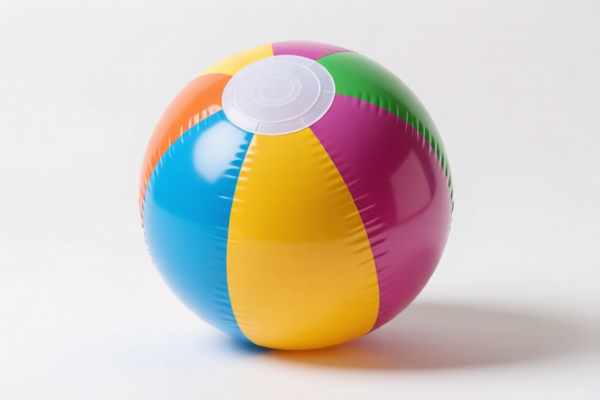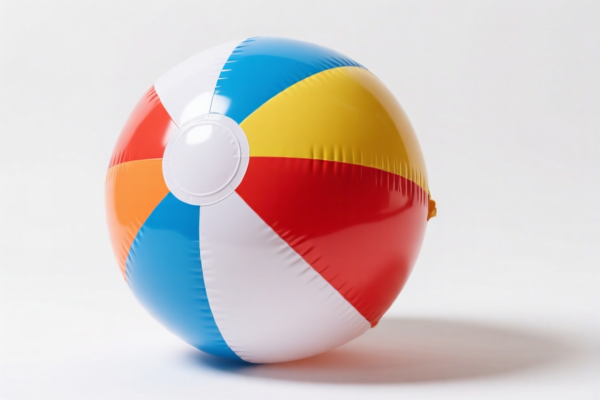| HS Code | Official Doc | Tariff Rate | Origin | Destination | Effective Date |
|---|---|---|---|---|---|
| 9306900041 | Doc | 37.5% | CN | US | 2025-05-12 |
| 9306900050 | Doc | 37.5% | CN | US | 2025-05-12 |
| 9301100010 | Doc | 37.5% | CN | US | 2025-05-12 |
| 9301200000 | Doc | 37.5% | CN | US | 2025-05-12 |
| 9307000000 | Doc | 40.2% | CN | US | 2025-05-12 |
| 9305995010 | Doc | 41.4% | CN | US | 2025-05-12 |
| 9305996000 | Doc | 40.4% | CN | US | 2025-05-12 |
| 3602000030 | Doc | 37.5% | CN | US | 2025-05-12 |
| 3602000060 | Doc | 37.5% | CN | US | 2025-05-12 |
| 3604109010 | Doc | 35.3% | CN | US | 2025-05-12 |
| 3605000030 | Doc | 37.5% | CN | US | 2025-05-12 |
| 3605000060 | Doc | 37.5% | CN | US | 2025-05-12 |




Ball Bomb
A ball bomb is an improvised explosive device (IED) concealed within a spherical object, typically resembling a sports ball, toy, or other innocuous item. The device is designed to blend into its surroundings and is detonated remotely or by a timer.
Material:
Construction varies significantly based on available resources and the intent of the creator. Common components include:
- Casing: Typically a hollow sphere – soccer balls, basketballs, volleyballs, or even plastic toys are utilized. The casing must be able to contain the explosive components and withstand initial handling.
- Explosive: A range of explosives can be used, including:
- Low Explosives: Ammonium nitrate-based fertilizers, sugar, or other readily available compounds. These offer lower destructive power but are easier to obtain.
- High Explosives: Dynamite, C4, Semtex, or military-grade explosives. These provide greater destructive force but are more difficult to acquire.
- Shrapnel: Metal fragments (nails, screws, ball bearings, glass) are often incorporated to increase the device's lethality and cause fragmentation injuries.
- Detonator: Mechanisms used to initiate the explosion. Common types include:
- Timers: Simple mechanical or digital timers set to detonate at a predetermined time.
- Remote Detonators: Utilize radio frequencies (RF) to trigger the explosion from a distance. Cell phones are frequently adapted for this purpose.
- Pressure Plates: Activated when pressure is applied to the device, often concealed under a surface.
- Command Wire: A physical wire connected to a remote switch.
- Power Source: Batteries are commonly used to power timers and remote detonators.
Purpose:
The primary purpose of a ball bomb is to inflict casualties and/or damage property through an unexpected explosion. They are favored for their deceptive nature and ability to be placed in public areas or near targets without immediate suspicion.
Function:
A ball bomb functions by concealing an explosive charge within a spherical container. The detonator is activated either remotely or by a timer, initiating the explosion. The force of the blast is directed outward, causing fragmentation and potentially structural damage. The shrapnel embedded within the casing significantly increases the device's destructive radius and lethality.
Usage Scenarios:
- Terrorist Attacks: Frequently used in public spaces (markets, sports events, transportation hubs) to maximize casualties and create fear.
- Insurgency/Guerrilla Warfare: Employed against security forces, government buildings, or civilian infrastructure.
- Assassination Attempts: Placed near targeted individuals or locations.
- Diversionary Tactics: Used to distract security forces while other attacks are carried out.
Common Types:
- Soccer Ball Bombs: The most recognizable type, utilizing a standard soccer ball as the casing.
- Basketball Bombs: Larger capacity than soccer ball bombs, allowing for a greater explosive charge.
- Toy Bombs: Utilizing toys (e.g., stuffed animals, plastic balls) to appear innocuous and blend into children's environments.
- Pressure-Activated Ball Bombs: Concealed under surfaces and detonated when stepped on.
- Remote-Detonated Ball Bombs: Activated wirelessly from a distance.
Based on the provided information, “ball bomb” can be interpreted as a type of munition. Here's a breakdown of relevant HS codes:
- 9306900041: This code covers Bombs, grenades, torpedoes, mines, missiles and similar munitions of war and parts thereof; cartridges and other ammunition and projectiles and parts thereof, including shot and cartridgewads: Other Bombs, grenades, torpedoes, mines and similar munitions of war; other ammunition and projectiles: Paintballs. The description includes “Bombs, grenades…” which could encompass a “ball bomb” if it functions as such. The total tax rate is 37.5% (0.0% basic tariff + 7.5% additional tariff, increasing to 30.0% after April 2, 2025).
- 9306900050: This code also covers Bombs, grenades, torpedoes, mines, missiles and similar munitions of war and parts thereof; cartridges and other ammunition and projectiles and parts thereof, including shot and cartridgewads: Other Bombs, grenades, torpedoes, mines and similar munitions of war; other ammunition and projectiles: Other. This is a broader category for munitions not specifically listed, and could apply if the “ball bomb” doesn’t fall under the “Paintballs” subcategory. The total tax rate is 37.5% (0.0% basic tariff + 7.5% additional tariff, increasing to 30.0% after April 2, 2025).
- 3602000030: This code covers Prepared explosives, other than propellant powders Dynamite and other high explosives, put up in cartridges, sticks or other forms, suitable for blasting. If the “ball bomb” is comprised of high explosives prepared for use, this code may be applicable. The total tax rate is 37.5% (0.0% basic tariff + 7.5% additional tariff, increasing to 30.0% after April 2, 2025).
Important Note: Determining the correct HS code depends on the specific composition and intended use of the “ball bomb”.
Declaration Precautions: For HS codes 9306900041 and 9306900050, it is crucial to accurately classify the item as a munition. HS code 3602000030 requires verification of the explosive material used.
Customer Reviews
No reviews yet.